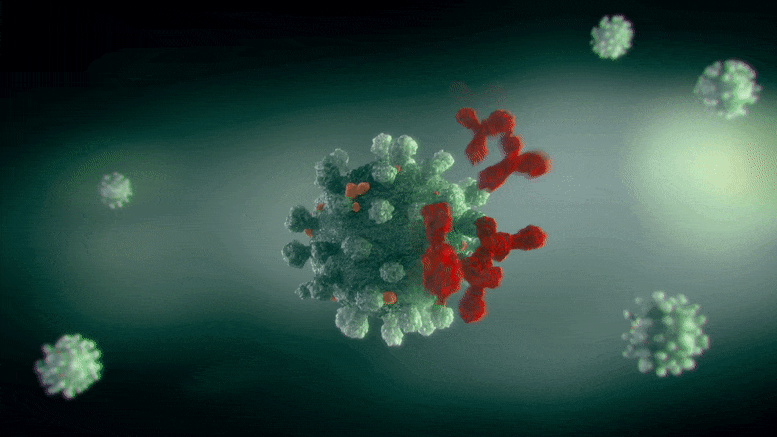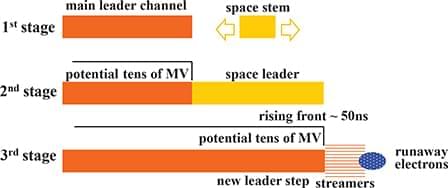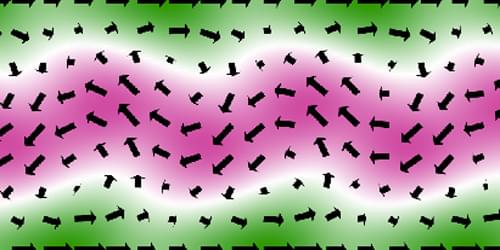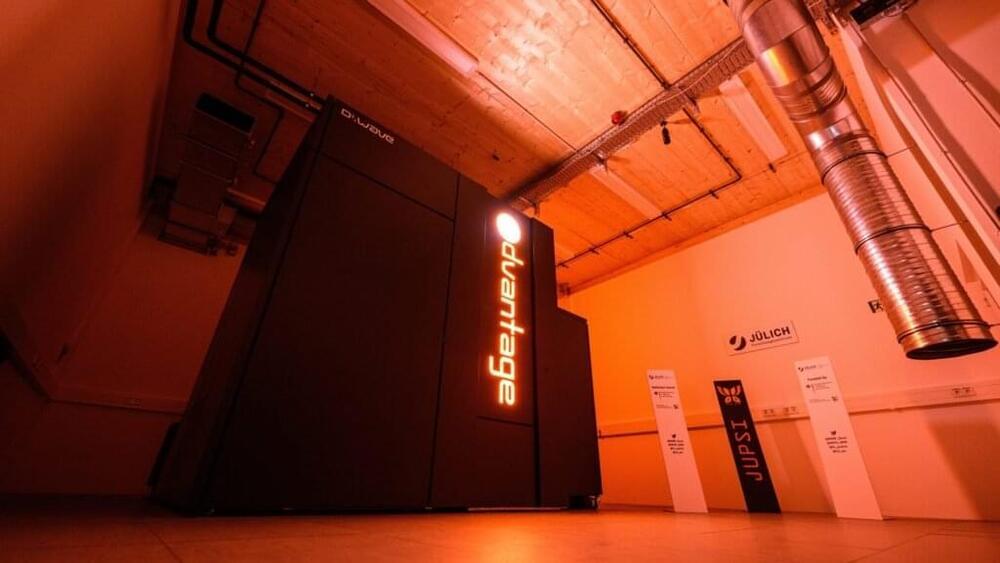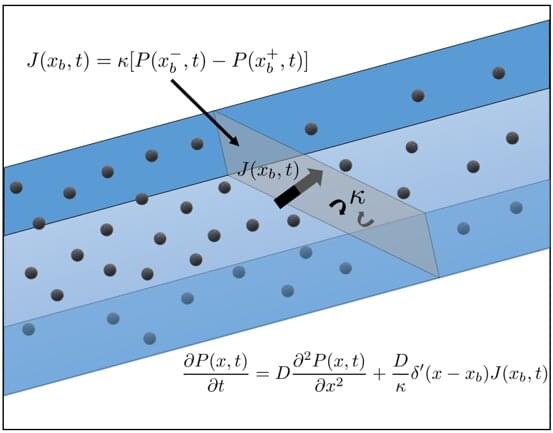Together with a Duke University team led by Dr. Barton Haynes, Alt and Luo then assessed the efficacy of these antibodies. Antibodies from three of the nine lineages were effective in neutralizing the original Wuhan-Hu-1 virus. The SP1-77 antibody and other members of its lineage, in particular, demonstrated extremely wide activity, neutralizing Alpha, Beta, Gamma, Delta, and all prior and current Omicron strains.
A new approach to virus neutralization
What caused the SP1-77 antibody to be so broadly neutralizing? Structural studies by a collaborating team led by Bing Chen, Ph.D. and Jun Zhang, Ph.D. at Boston Children’s Hospital and the Haynes group at Duke, showed that SP1-77 works differently from current antibodies (either therapeutic antibodies or those we make in response to current vaccines).
